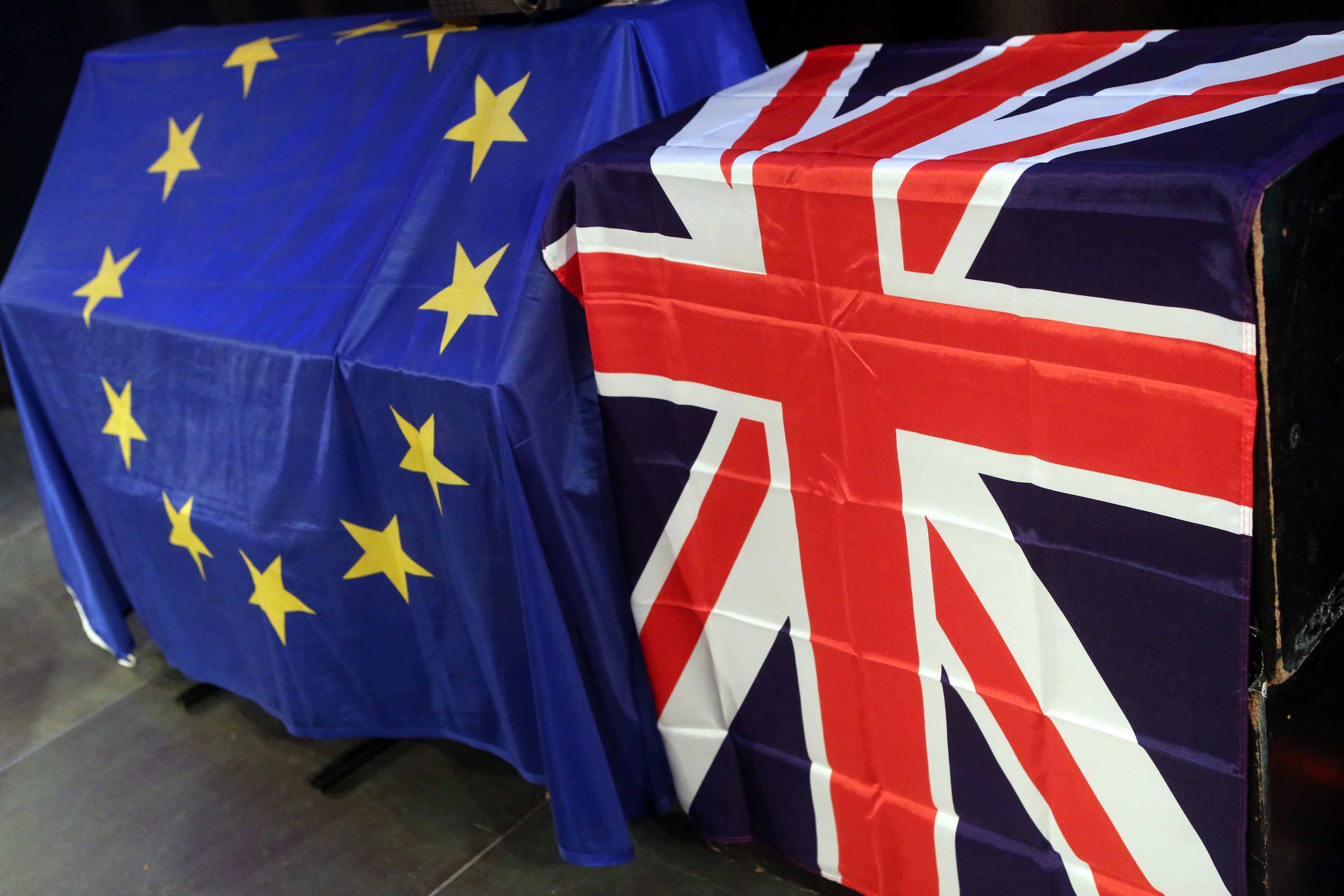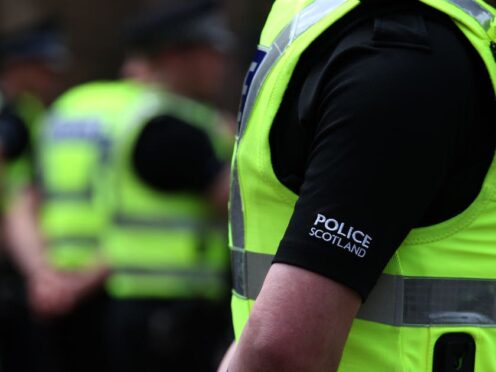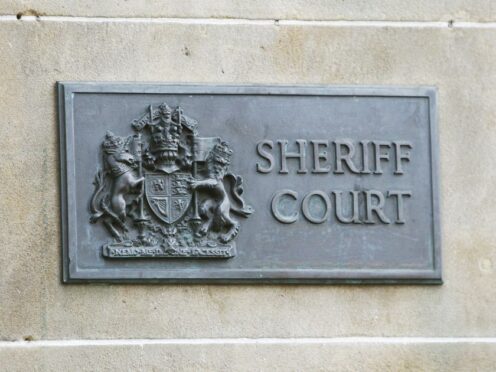Scotland could provide a “safe harbour” for financial institutions if it becomes the only part of the UK to retain access to the single market post-Brexit, MSPs have been told.
The sector has expressed concerns about the impact of leaving the European Union (EU) on financial firms’ access to the single market, which allows them to do business across the continent from their UK bases.
Maintaining passporting – the process which allows institutions to use their UK financial licences to trade in the EU – has been a key issue for the industry, Holyrood’s European and external relations committee heard.
Hugh Chater, director of banking at Virgin Money, told MSPs: “Where I think there may be an opportunity – and this is obviously a political area, so I tread with care – there is clearly within Scotland, and Edinburgh in particular … a thriving financial services sector that employs close to 100,000 people.
“Depending on where Scotland’s relationship with the EU lands, there may well be an opportunity to offer that as a kind of relocation safe harbour for some institutions that are worried about the removal of passporting from maybe the rest of the UK.”
Committee convener Joan McAlpine asked: “So, what you’re saying is that if Scotland was able to maintain its access to the single market, then that would give us an advantage?”
“I do think that is a very credible view,” Mr Chater said.
The committee – taking the highly-unusual step of meeting during Holyrood’s summer recess – heard from a range of industry representatives on the impact of Brexit.
The UK Government is yet to set out its plan on how and when the country will exit the EU, and what its future relationship with the bloc will be.
First Minister Nicola Sturgeon wants to explore options to protect Scotland’s place in Europe, including the prospect of a second independence referendum.
She said key interests that must be protected include free movement of labour, access to the single market and a say in its rules.
Industry leaders pointed out the need to address the uncertainty caused by the Brexit vote and the lack of clarity on the UK’s negotiating position.
Gordon Dewar, Edinburgh Airport chief executive, described the uncertainty as “a huge barrier” while James Withers, Scotland Food and Drink chief executive, said he could see no end to it in the near future.
Mr Withers told the committee that 30% of the sector’s workforce is from eastern Europe, stating there was “an urgent need to get reassurance that those workers who are currently in Scotland in the food-and-drinks sector and other industries will have their rights maintained”.
Others highlighted the potential opportunities presented by Brexit.
Bertie Armstrong, Scottish Fishermen’s Federation chief executive, said it offered a “gigantic prize” for coastal communities.
“There is a systemic change on Brexit which is the restoration of our exclusive economic zone with regard to fisheries, it is half the northern continental shelf,” he said.
“It is a really, really big patch of prime maritime real estate and our challenge is in … to enact that and not trade it away again.”









